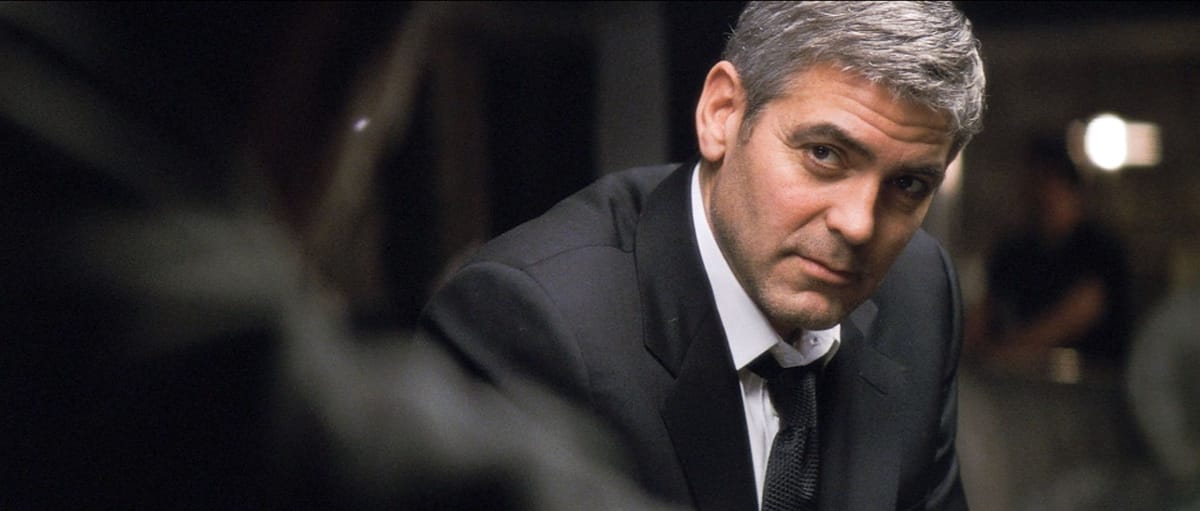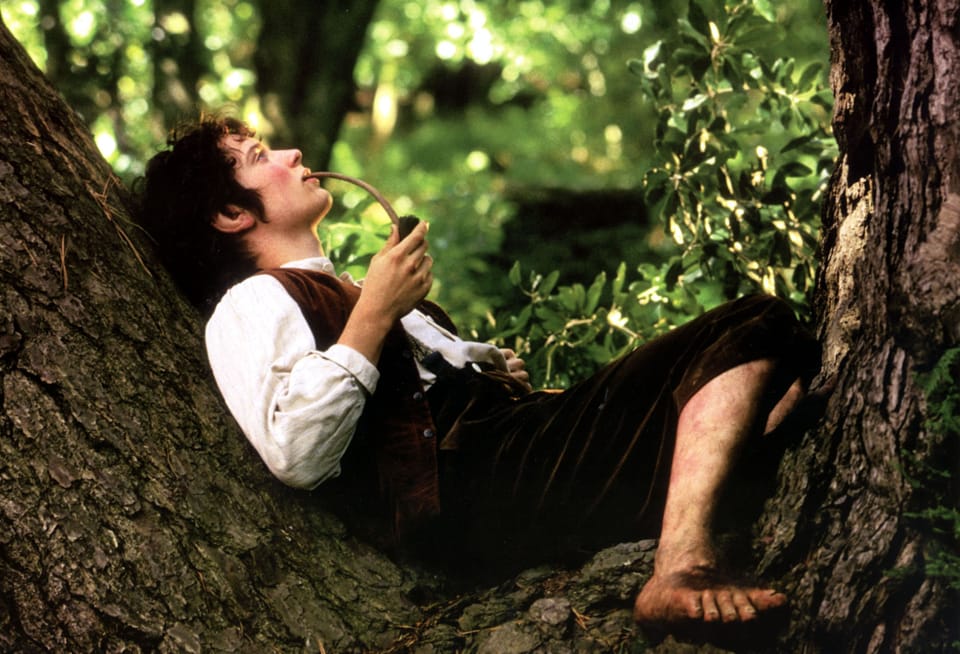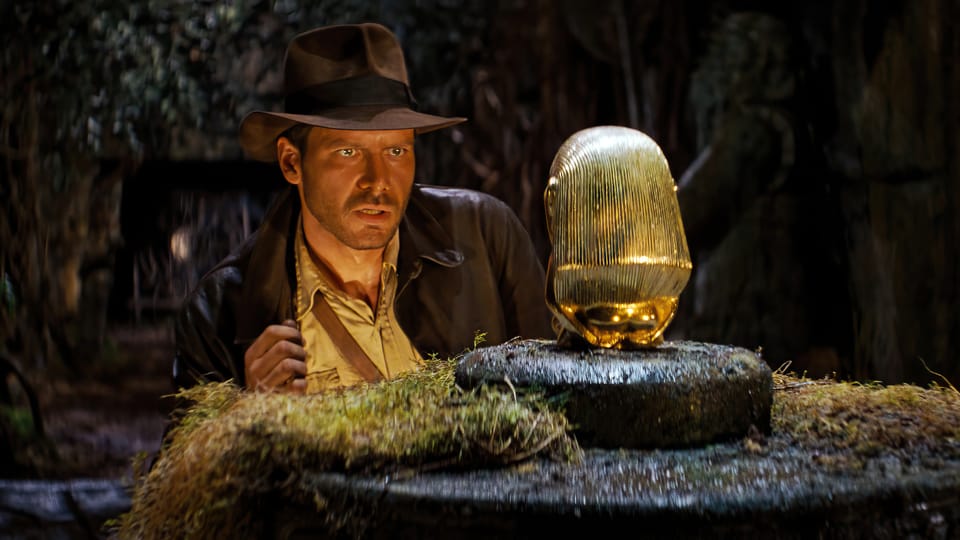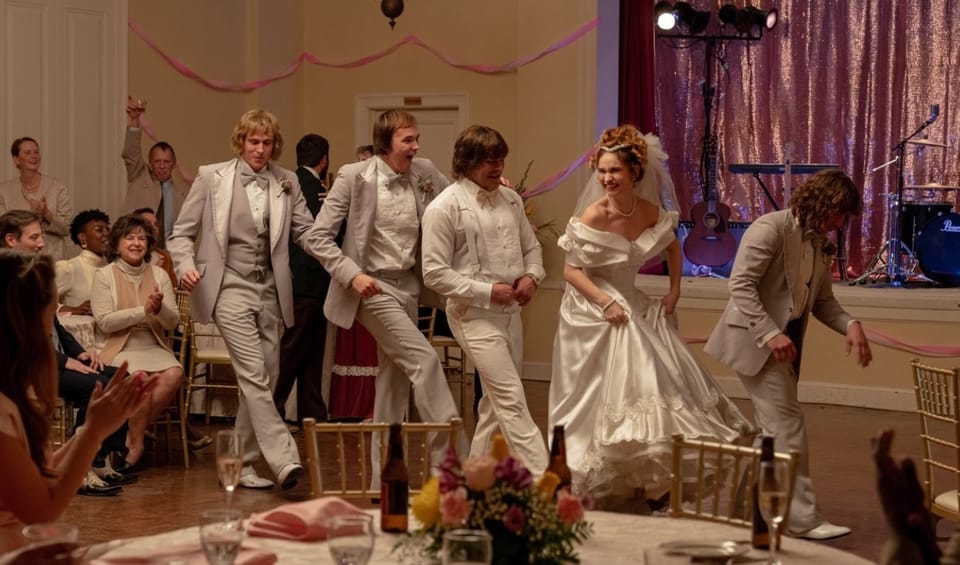The 3 points of character descriptions.
The good news is that you do not have to be brilliant. Just know the assignment.

The Story and Plot Weekly Email is published every Tuesday morning. Don't miss another one.
Every character needs an introduction. And you’ve read enough screenplays to know that an introduction can be a screenwriter’s moment to shine.
I think Michael Hauge’s book referenced Lawrence Kasdan’s description of the Mickey Rourke character in BODY HEAT.
Rock and roll arsonist.
I read that character introduction, and like any aspiring screenwriter, I thought, “I want to write like that.”
But 30 years later, 28 of them as a professional, I can tell you, that’s the wrong approach.
Yes, the character intro can do some heavy lifting.
Story is character, and character is story, and your character introduction is our first impression of them.
This is true whether the character is your protagonist or a supporting character. This is the moment we establish what the reader sees and feels toward the character.
But don't stress out.
The good news is that you do not have to be brilliant here. While a character description is a chance to create a moment, it's accomplishing what you want to accomplish that matters.
Make a clear choice and convey it.
But that means making a clear choice.
Where writers miss.
There is not enough effort.
Mentioning only the character's age isn’t just a lost opportunity; it suggests that you haven't made a choice, the screenwriter's cardinal sin.
You often see some writer-directors skimp on the descriptions, but you do not have that luxury.
The reader will fill the emptiness with their own images, and when you inevitably undermine those images later. they blame you for the confusion.
Don't focus too much on physical traits.
Sure, a sexual temptation will require you to mention how attractive someone is, but usually, it doesn’t matter.
Details can help establish a person's overall impression, but knowing which details contribute to one's choices and which ones cloud them is important.
Tread carefully.
Some writers try way too hard to be clever.
This is a temptation we all succumb to at least once.
Especially after we read a brilliant example and want to emulate it. We try way too hard to impress, and we end up making it about us rather than the character.
If your introduction takes the focus off what is happening on screen and puts it on you, the writer, you're off mission.
It’s the overall emotion that counts.
It’s worth noting why you thought that writing you admired was brilliant.
What did it achieve? Focus on that, because it’s not the cleverness you want to emulate, it’s the achievement.
That writing knew what it wanted to convey and did so succinctly, capturing:
- What we needed to know about the character in that moment.
- How we felt about them.
- The tone and mood of the scene.
But it wasn't just information. They made you feel something.
Do not describe. Evoke.
Most of the time, we do not want to introduce three-dimensional characters. We want to introduce a one-dimensional character and introduce the other dimensions later.
Focus on one thing that sums up the character, and then ask how we feel about them.
Introducing someone as a "TECH-BRO" is very different from introducing them as "wide-eyed and excited in their first Silicon Valley job."
Do you want us to admire them? Loath them? Find them boring?
Make that choice.
This is from KISS, KISS, BANG, BANG from the great Shane Black.
AN ALMOST HANDSOME MAN enters, dressed a tad shabby, sports the only tie he owns; welcome HARRY, our narrator.
Does Black detail what he wears? No. Just that it's shabby.
Does he describe the tie? No, because it’s about Harry, not the tie. This man is entirely out of place at an upscale Hollywood party.
Another introduction that mentions a tie:
BURT FABELMAN, 37, an engineer, bespectacled, sport jacket and tie, looks down at Sammy.
Notice how much "an engineer" puts the rest in context and gives it meaning. Without it, the jacket and tie don't tell us much.
An unspectacular description for an unspectacular, mid-level engineer.
And it gets the job done.
Add to it the feel and the mood of the piece.
It's a comedy, make us laugh. A drama, make it somber. A thriller, intimidate us.
What are the emotions you want to stir?
Sometimes, the description is the mood itself.
This is from NIGHTCRAWLER by Dan Gilroy. It does not describe a single physical thing; it's all psychological.
LOU’S mid-20s ... pure primal id ... if there’s music it’s in his head ... disconnected ... feral ... driven by dollar signs and a dream of some imagined Eden.
Don’t think that’s filmable? Watch Jake Gylenhall’s performance. He will change your mind about that.
The first page of CHALLENGERS by Justin Kuritzkes made the rounds on Twitter over the weekend. Page one is dense, but its careful observance of fine details adds to—rather than burdens—the tone, which is not easy.
I don't advise you to try this at home, but like anything with screenwriting, as long as it's intentional and accomplishes a specific intent, it can work. Which this does.
Most of the time, however, we want to move along. Hit the emotion you want. Move on to the next.
Imagine the shot.
This always helps me. I imagine this moment of introduction on screen and try to convey that to the reader.
From MICHAEL CLAYTON by Tony Gilroy.
MICHAEL CLAYTON’S FACE – A PHOTOGRAPH laminated onto a Kenner, Bach & Ledeen ID card – FILLS OUR FRAME. It’s a man’s face. Son of a second-generation cop’s face. Father of a ten-year-old boy’s face. A face women like more than they know why. The good soldier’s face.
Maybe you start with the legs and move your way up in a classic hero or sex symbol introduction. Whatever it is, imagine the audience's emotion in that moment and capture that.
The key is to make a choice, right? Seeing a pattern here?
Whose POV is it? Ours or a character's?
The POV of a scene is one of the great variables not enough screenwriters worry about. Who is looking at this character and absorbing this emotion?
Is it us alone? Or is it a character on screen whose eyes we are essentially experiencing this moment through?
A scene where a protagonist sees a love interest for the first time will likely evoke a very different description than meeting that love interest when they are alone.
But remember:
The action will always tell us more.
That’s the real character. The character description is the shorthand, but the action is the defining trait.
From the examples above:
The intro in NIGHTCRAWLER is wonderful, but Lou sneaking onto the property, beating up a guard, stealing scrap metal, and selling it tells us who he really is more than Gilroy's words.
Michael Clayton's picture says one thing, but we know more about him because this big-time law firm's Mr. Fixit is playing an underground poker game in a Chinatown card room.
As always, the action matters more than anything else, and while your description can enhance that, it can't replace it.
It's not about you. It's about the choice.
Don't try too hard here, or at least don't let it look that way. Make it appear effortless.
You do that by making it succinct and effective.
Get out of your own way and focus on what's important.
- What we need to know about the character in that moment.
- How we feel about them.
- The mood of the scene.
Write this out on a separate piece of paper. Don't use writing the character description as the time to figure it out.
Write all three things down.
THEN figure out the character description.
And remember, you are not writing to impress. You are writing to make the reader feel something.
Podcast Alert!
The Drunkalogues
This podcast is mostly about drinking and Hollywood in the 1990s (I am 22 years sober now.)
Neither I, nor the host, Nick Morton, knew each other back then, but it's a kick as we realize we were almost certainly in the same rooms at the same time.
Nick was an executive at Phoenix Pictures, where I had a project, and while they made Jamie Blanks' URBAN LEGEND, just as I was hanging out with that crowd. It's a fun chat.
Click here to listen on Apple Podcasts or Spotify.
Want something covered?
This week's topic came from a subscriber. Want me to cover something? Ask!
Seriously! Just reply to this email, and I will try to answer it in a future Weekly Email.
If you're curious about something, it's almost certain that someone else is too!
That's a wrap!
Thanks so much for subscribing.
See you next week!
Tom
The Story and Plot Weekly Email is published every Tuesday morning. Don't miss another one.
When you're ready, these are ways I can help you:
WORK WITH ME 1:1
1-on-1 Coaching | Screenplay Consultation
TAKE A COURSE
Mastering Structure | Idea To Outline




